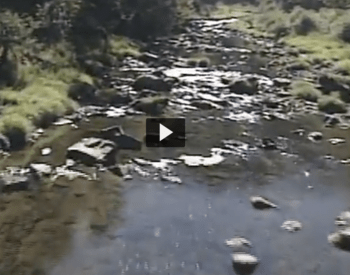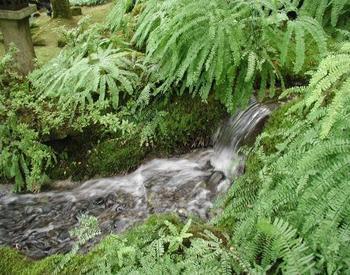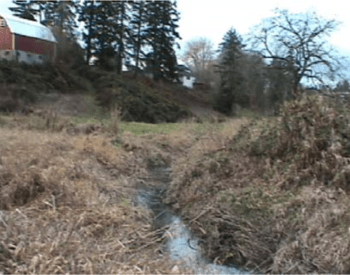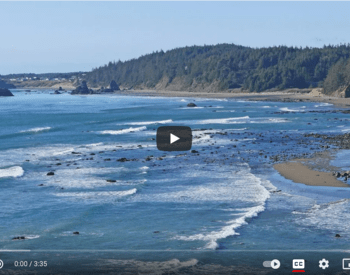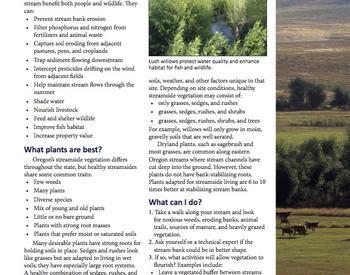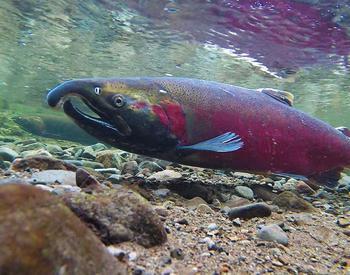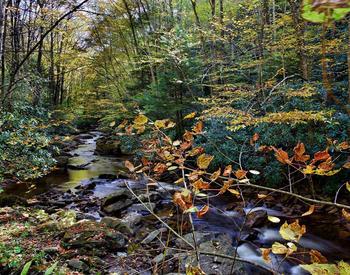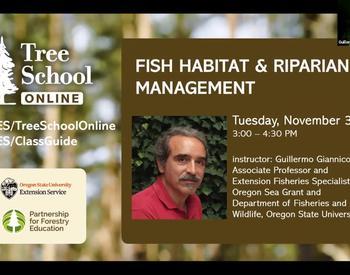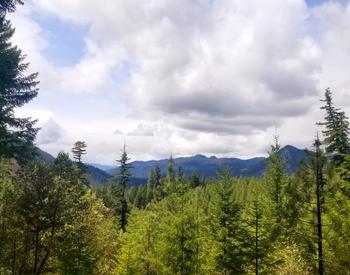Transcript
Welcome to living on the land, an award-winning source of useful information brought to you by your Oregon State University Extension Service. The waters Edge is a fertile place. But it can become barren of plant growth from erosion due to grazing and trampling by livestock and wildlife. But no matter how big or small your land plants are needed along the waters edge for a healthy environment. In fact, it's the law. Oregon farmers and ranchers are required to allow streamside vegetation to grow to provide shade, stabilize banks and filter out pollutants. Here are a few reasons why. Stream side growth helps prevent erosion, capturing soil eroding from adjacent pastures, pens and crop lands, and trapping sediment flowing downstream. Plants filter and take up phosphorus and nitrogen from fertilizers and animal waste. Plants can intercept pesticide drift and keep it from reaching water. Vegetation nourishes wildlife and improves fish habitat, plants shelter, wildlife and help keep water cooler for fish, and finally, streamside plants increase property value. So let's shore up your banks, a diverse mix of plants with strong roots can improve your stream size. Roots seek water and nutrients in the soil and hold the soil in place. Roots also help the soil store water like a sponge, releasing the water in late summer when stream flows are lower. A combination of sedges, rushes and bushes, especially willows, can all be effective. Despite looking like grasses, sedges and rushes live well in wet soils and have large root systems. Some sites need only grasses, sedges or rushes. Most can support shrubs or trees too. For example, moist and gravelly soils are good for willows, which do not grow well in other kinds of soil. All in all, the best vegetation for your stream depends on your soils and weather. While coming up with the right combination, don't leave much ground bare and remember avoid or remove weeds when possible. For more information on streamside vegetation, contact your local extension agent soil and Water Conservation district, or Watershed Council. Or download our companion publication at extension.oregonstate.edu. Also check out our companion podcast about determining if your stream banks are healthy available from iTunes U.
This podcast is part of the Living on the Land series. It provides concise information on how to best protect your stream areas with native vegetation and grazing strategies that help wildlife and property values. Primarily directed to small-acreage landowners east of the Cascades.
This is from the Living on the Land series. Download the related PDF - Living on the Land: Got a Stream? Grow Plants!
The phrase “Living on The Land” is used with permission from Living on The Land Stewardship for Small Acreage, © 2008, UNCE/WSARE.

